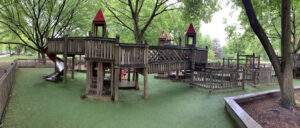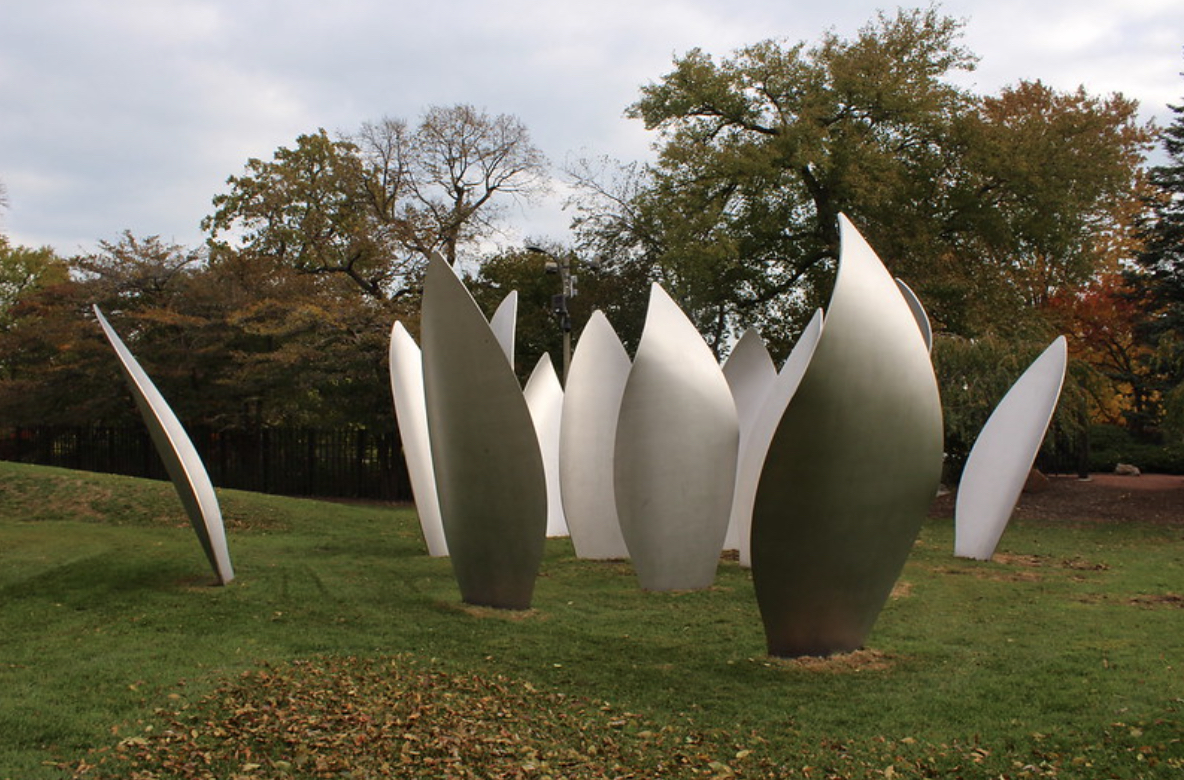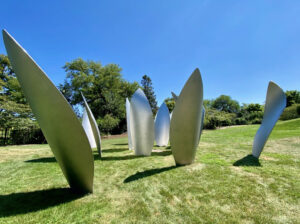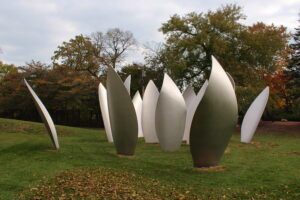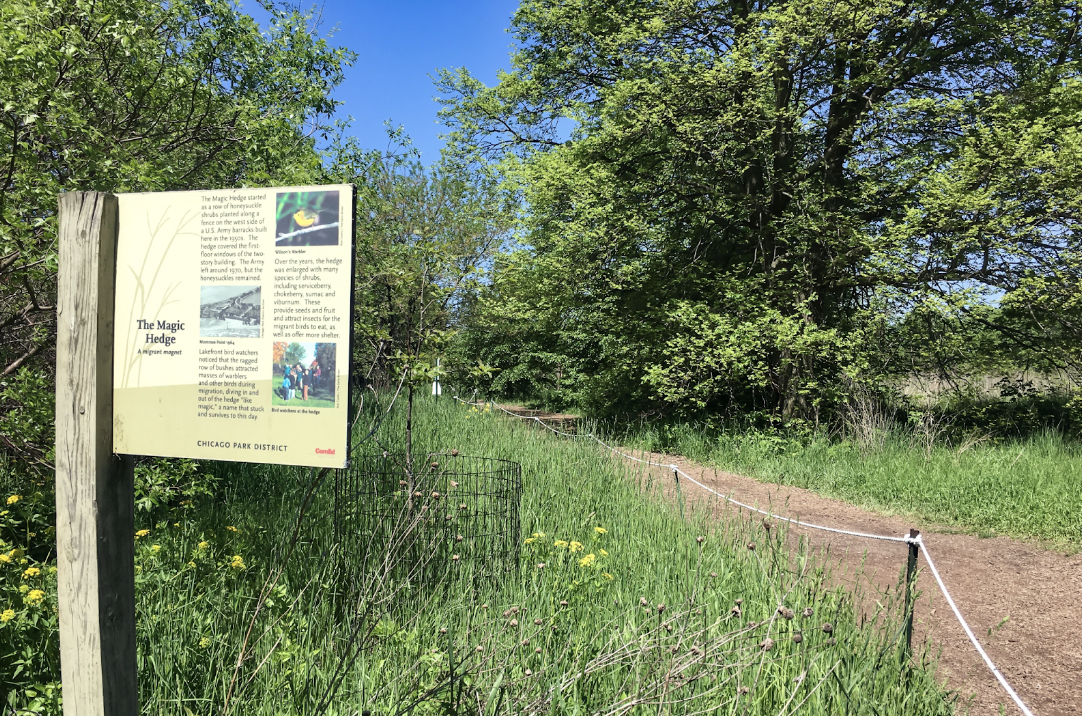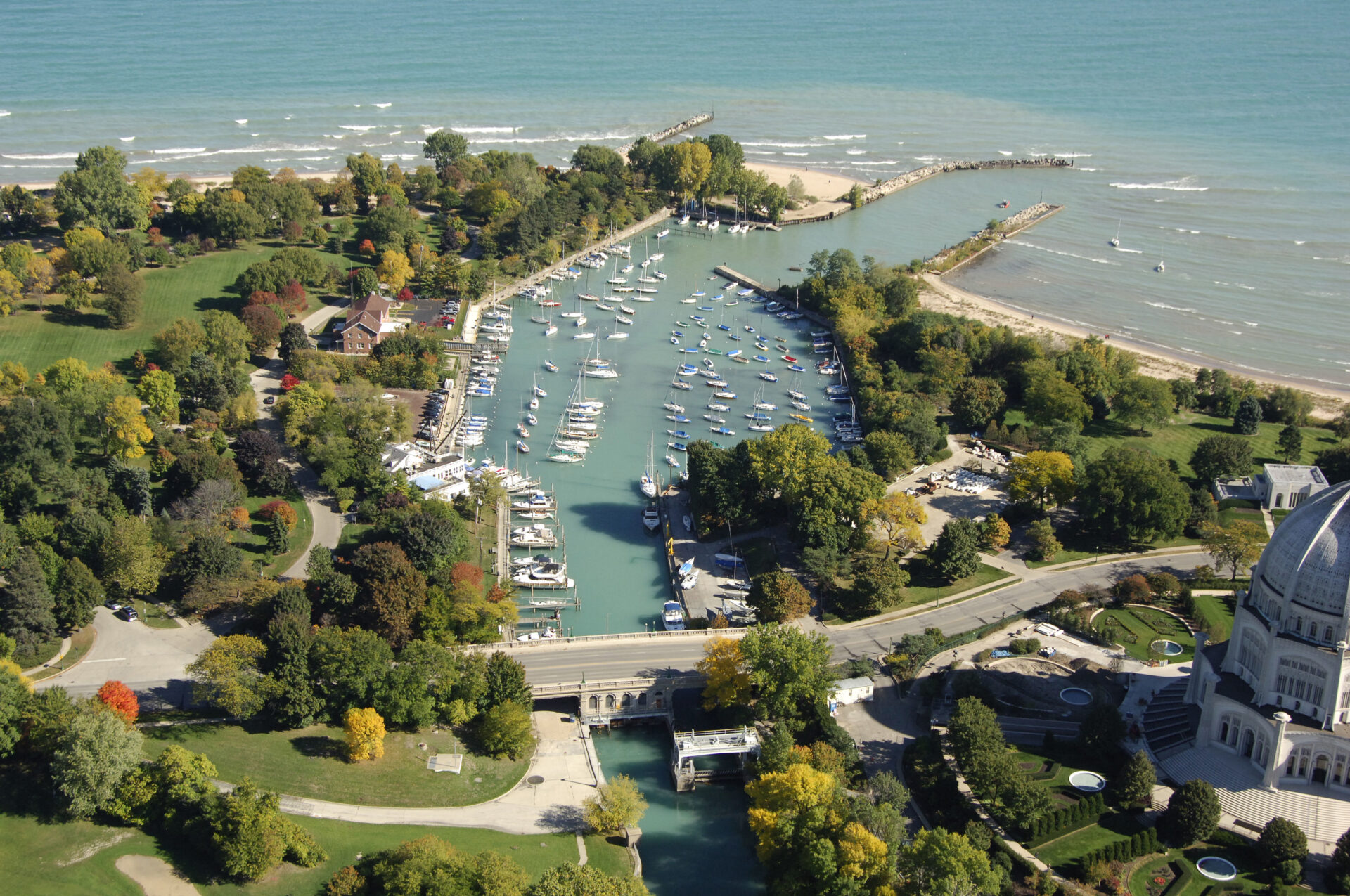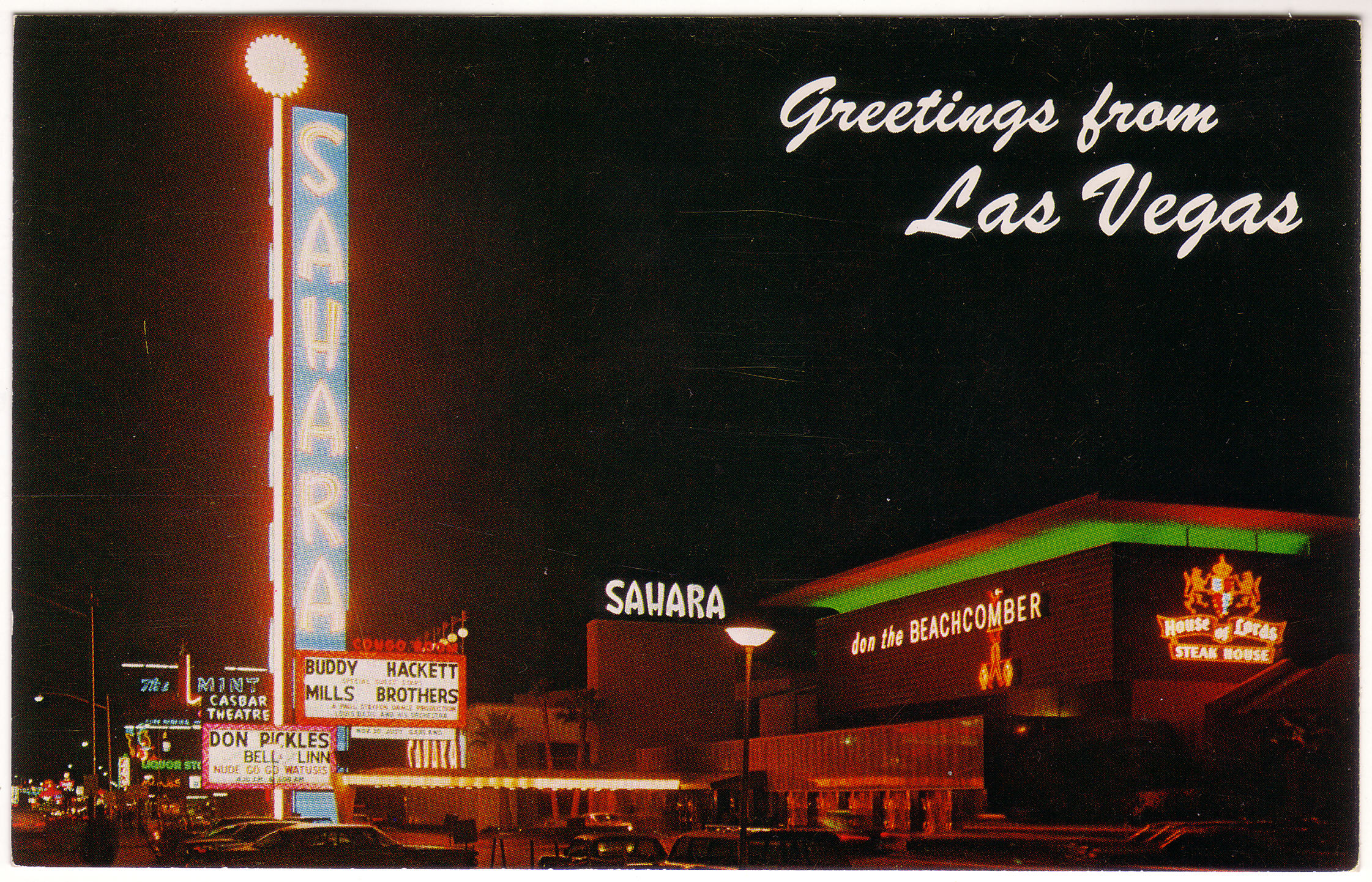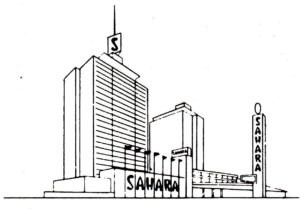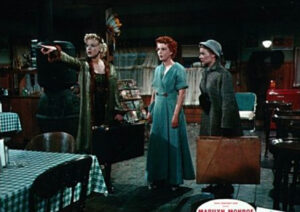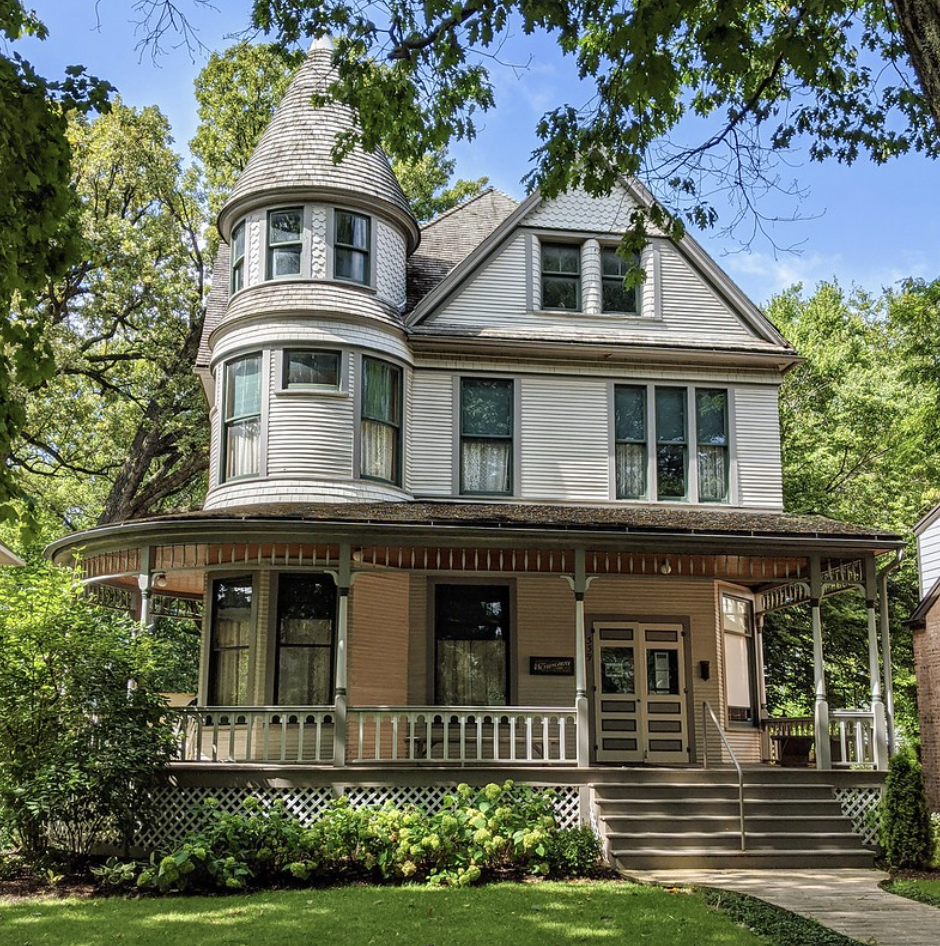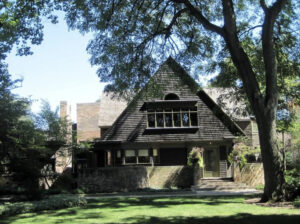For people that are moving out of California, there’s one state, in particular, that’s at the top of their relocation list: Arizona. In the last decade, hundreds of thousands of Californians have relocated to Arizona, ready to take advantage of all the benefits of living in our sunny desert state. From a thriving economy to affordable living, Arizona – and especially the Phoenix metro area – has plenty of perks to offer those coming from the Golden State.
Even though Arizona and California are next-door neighbors, they have their fair share of differences. However, there are also many similarities between the two, which is why Arizona has become such a popular relocation option for Californians.
If you’re considering relocating to Arizona from California and are wondering what exactly is waiting for you, we have all the answers right here. At Optima Sonoran Village, Scottsdale’s premier luxury rental community, we’re no strangers to California transplants. Once you see what to expect when moving from California to Scottsdale, we’re confident that we’ll be seeing you soon.
Why Choose Arizona Living?
There’s no doubt that California is famous for its West Coast way of life. And for many that are moving away from the state, it’s tough to know whether Arizona will live up to their expectations. Even though the two are neighboring states, there’s no doubt that there are some differences in climate, culture, and lifestyle. But if you ask us – and the hundreds of thousands of people from California to here – Arizona has definitely earned its status as one of the best places to live in the U.S.
Here’s a useful breakdown of how Arizona living stacks up against life in California:
- Cost of living: Across the board, from groceries and transportation to housing and childcare, California is a far more expensive place to live. In AZ, groceries cost an average of 30% less, transportation is 16% less, and childcare is a shocking 75% less expensive than California. And of course, housing in Arizona beats California by a landslide, with a one-bedroom apartment averaging 37% less than a comparable one in CA.
- Taxes: Individual income tax in Arizona is about half of what it is in California, and sales tax is also considerably lower.
- Job market: The Arizona unemployment rate is consistently lower than that of California, and as our economy has grown, job opportunities do too. We have a rapidly expanding tech industry, as well as a diverse range of career options in just about every industry.
- Traffic: California rush hour is infamous, so we don’t think we need to tell you that driving in Arizona is going to be easier. Sure, we have some traffic here, but it’s nothing compared to California.
Why Scottsdale is the best choice for relocating from California?
Imagine a stylish, laidback city with the best in dining, shopping, nightlife, entertainment, and outdoor adventure – that’s Scottsdale, Arizona. It’s become an international destination for the rich and famous, especially those with a taste for the finer things in life. But at the same time, Scottsdale has all the relaxed, fun-loving vibes of a Southern California community.
If you’re planning to move to Arizona from California, you’ll be pleased to hear that Scottsdale is a city that can more than measure up to your former hometown. As one of the most in-demand cities in the Phoenix metro area and adjacent to virtually everything you could want in the entire Valley, Scottsdale is ideal for the California transplant that wants to have it all.
Here are just a few of the unique benefits of relocating to Scottsdale, especially when you’re a former Californian:
- In Scottsdale, you can truly shop until you drop. You might think that California has great shopping, but you just might change your mind once you see what Scottsdale has to offer. From designer boutiques at Scottsdale Fashion Square to funky finds at locally-owned shops, going shopping in Scottsdale never has a dull moment.There is a long list of Scottsdale furniture stores for decorating your new home, antique shops in Old Town for vintage treasures, and a wide variety of retailers small and large for everything you could ever want or need.
- If you’re looking for places to eat in Scottsdale, you won’t be disappointed. Some of Scottsdale’s best restaurants are within minutes of our community, putting residents within a short distance of five-star cuisine. You can also grab a quick and casual bite at dozens of neighborhood cafes and restaurants or enjoy a morning coffee while exploring Old Town. No matter what you’re craving, Scottsdale restaurants have you covered.
- Outdoor adventures and exercise are a way of life in Scottsdale. When you live somewhere that enjoys the sun nearly every day of the year, making the most of the outdoors is a must. In Scottsdale, hiking, biking, and walking can be enjoyed virtually year-round, and on hot days, you can always find an upscale gym or a yoga studio nearby.Spots like Camelback Mountain offer stunning views while you work up a sweat, or you can opt for a more leisurely stroll in one of Scottsdale’s many parks. Prefer to get your exercise on the green? Home to dozens of first-class golf courses, Scottsdale is a welcome home for golf lovers.
- Scottsdale is a major sports hub where the games never end. California is home to a long list of sports teams, both professional and local, making it an ideal home base for the sports enthusiast. However, you might be surprised to learn that Scottsdale hosts more than enough teams and games to keep your schedule full. Multiple MLB spring training stadiums in Scottsdale have games several days out of the week during the spring season and are a major gathering spot for locals and out-of-towners alike.If basketball or football is more your style, you’re just a short drive away from the PHX Arena (home of the NBA’s Phoenix Suns) and State Farm Stadium (home field of the NFL’s Arizona Cardinals). Other professional teams in the area include the Phoenix Mercury (WNBA), Arizona Coyotes (NHL), and Phoenix Rising (USL Championship).
Experience the Ultimate Arizona Lifestyle at Optima Sonoran Village
What if you could take everything you love about living in California – the sun, the active lifestyle, the wide variety of things to do – and transport it somewhere less crowded and more affordable? When you make the move from California to Arizona, that dream can become a reality.
Scottsdale is home to so many of the state’s top highlights, including Optima Sonoran Village, the most exclusive luxury apartment community in the Valley. Within our gates, you’ll discover a lifestyle that feels like an everyday vacation. From our multiple resort pools and first-class fitness center to the coffee service, concierge, and juice bar, at Optima Sonoran Village, you can have it all.
Our residences range in size from minimalistic studios to spacious, three-bedroom apartments, providing as much space as you need. Plus, with designer touches and upscale finishes, our Scottsdale apartments are the ultimate in luxury living.
For more information about how Optima Sonoran Village can be the perfect place to start your life in Arizona, contact our office today.

